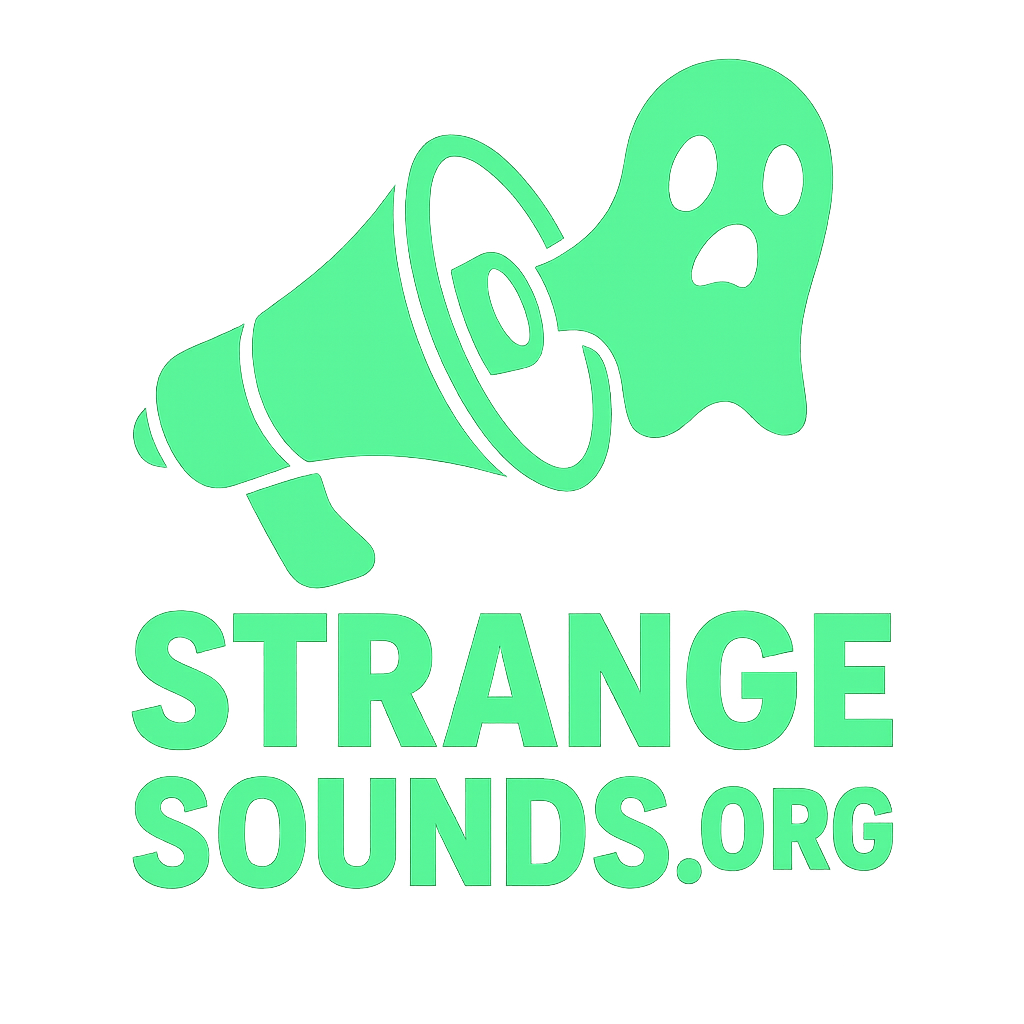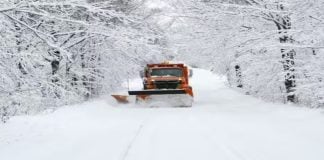
Updated on: · 👉 Back to the Mystery Booms Hub
Earthquake booms (also called seismic booms) are loud, cannon-like bangs sometimes heard seconds before, during, or after small, shallow earthquakes. Along many coasts, the phenomenon is known as Seneca Guns—muffled “artillery” that rolls in on calm, blue-sky days with no storm or explosion in sight.
Jump to: What Are Earthquake Booms? · How They Sound & Feel · Causes & Mechanics · What Are “Seneca Guns”? · Famous Reports · How to Investigate Locally · FAQs · Sources · Latest Reports · Get Involved
Key facts (TL;DR)
- Earthquake booms = short, explosive sounds linked to shallow seismic stress releases; often described as distant cannon fire.
- Seneca Guns = coastal booms on clear days, sometimes with no recorded quake—likely a mix of offshore seismicity + sound ducting.
- Heard before quakes? Sometimes seconds to minutes before shaking (not reliable for prediction).
- What to do: note exact time & location, record audio/video, look for flashes/dust, check seismic & weather inversions, report it.
❓ What Are Earthquake Booms?
A sudden bang or gunshot-like crack that can rattle windows and set off car alarms. They’re most commonly reported in areas with shallow, brittle crust and during cold snaps (when the ground is tightly stressed).
🔊 How They Sound & Feel
- One to three sharp bangs, followed by a low rolling rumble.
- A pressure wave that you can feel—walls buzz, windows chatter.
- No obvious source (no lightning, plume, or demolition).
- Occasionally coincident with small, shallow tremors.
🧠 Causes & Mechanics
- Sudden rock fracturing (micro-rupture): shallow cracks release elastic energy as both seismic waves and audible sound. If near the surface, the “pop” can be heard like a cannon.
- Frost quakes (cryoseisms): rapid freezing expands trapped water in soils/rock—ground “snaps” like a gunshot.
- Subsurface fluids: bursts of gas/water along faults can create short, explosive sounds.
- Sound ducting: temperature inversions can bend distant sonic energy into your town (see Sky Oddities).
Why some events aren’t recorded: very shallow microquakes may be below local detection thresholds; sound can arrive even when ground motion is minimal.
🌊 What Are “Seneca Guns”?
Seneca Guns are repeated coastal booms reported in places like North Carolina’s Outer Banks and around Lake Seneca (NY). They’re heard on sunny, quiet days with no storms or explosions. Explanations include:
- Offshore microseismicity (small quakes or slips under the shelf).
- Underwater landslides/methane bursts creating pressure pulses.
- Atmospheric ducting carrying distant blasts over the water.
Folklore calls them ghost cannons—artillery echoing from long-forgotten battles.
🌍 Famous Reports
- 💣 Seneca Guns (North Carolina, USA) — cannon-like skyquakes along the Outer Banks.
- 🌊 Lake Seneca (New York, USA) — 19th-century settlers thought they were artillery salvos.
- 🌏 Global Seismic Booms — Japan, Italy, India report booms linked to quakes—sometimes with no quake detected.
🕵️ How to Investigate Locally
- Time stamp: note exact time (hh:mm:ss).
- Map it: town/street; ask neighbors which direction it came from.
- Look for visuals: flashes, dust clouds, water ripples.
- Check seismic: local USGS/observatory pages for microquakes.
- Weather: see if an inversion was present (sound ducting).
- Recordings: doorbell/dash cams often capture shockwaves.
Primer: Earthquake booms & Seneca Guns
Earthquake Booms — FAQs
- What causes earthquake booms?
- Most are shallow stress releases—rock fracturing that emits both seismic and acoustic energy. Others may involve frost quakes or subsurface fluids. Atmospheric ducting can make distant events sound nearby.
- Do they predict earthquakes?
- Sometimes booms occur seconds to minutes before shaking, but many are isolated stress releases with no quake. Useful anecdote, not a reliable forecast tool.
- Why do instruments sometimes show nothing?
- Microquakes can fall below detection thresholds; sensors may be distant; or sound may be transported efficiently by inversions while ground motion remains tiny.
- How are Seneca Guns different from thunder or sonic booms?
- Seneca Guns happen on clear, quiet days with no storms; they lack the visual cues of aircraft/rockets and often recur seasonally along coasts.
- Are earthquake booms dangerous?
- They’re startling but usually harmless. Strong shockwaves can crack plaster or knock items off shelves. If you smell gas or see smoke, call emergency services.
Sources & Further Reading
- USGS — Earthquakes, microseisms & cryoseisms
- NOAA — Weather inversions & sound propagation
- Met Office — Ducting & atmospheric acoustics
Latest Reports
Get Involved
- 📩 Report an earthquake boom (time, location, weather, recording).
- 📰 Subscribe to the Strange Sounds newsletter
- ❤️ Support on PayPal · DonorBox








